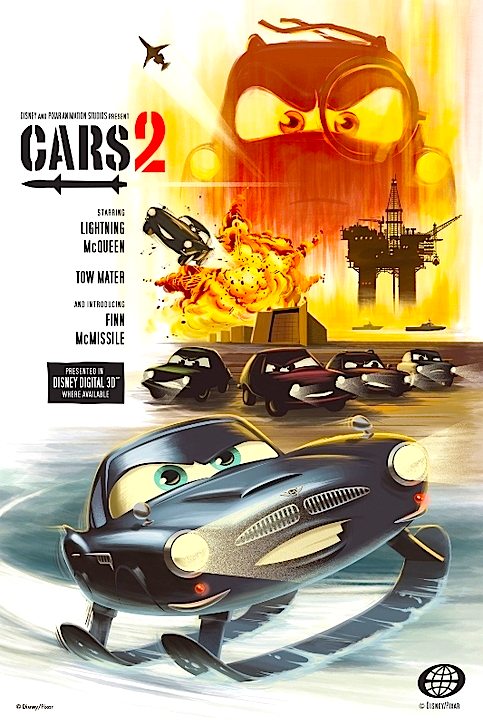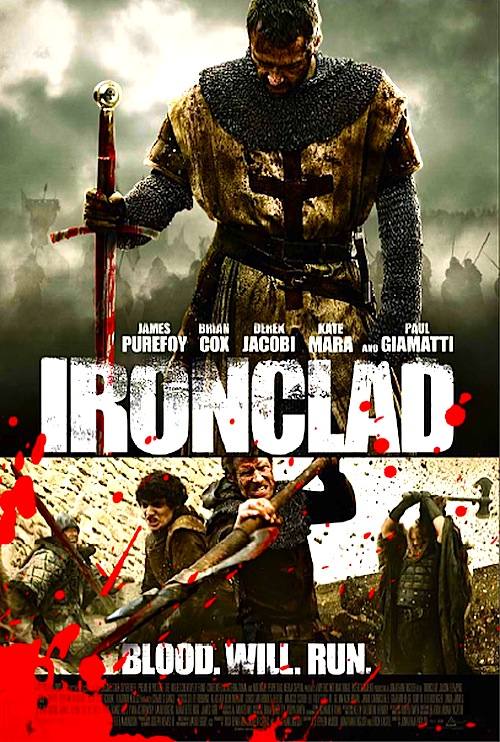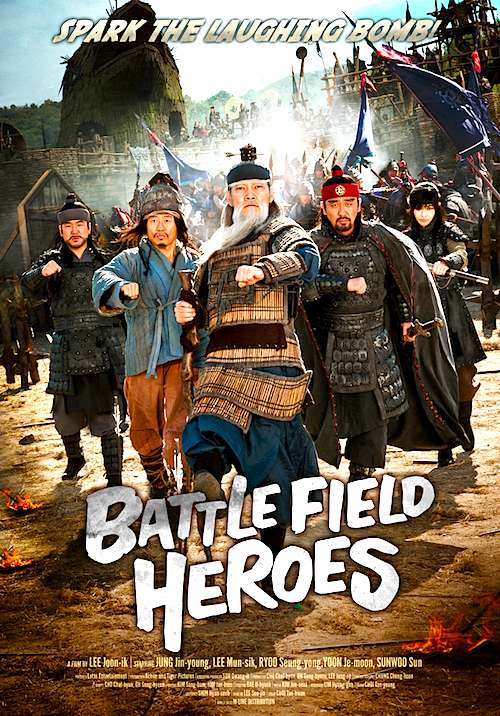 By David Ross. THE PITCH: Hayseed tow-truck gets mixed up in international espionage. Strange alternate universe in which cars behave like people. No explanation. Kind of creepy.
By David Ross. THE PITCH: Hayseed tow-truck gets mixed up in international espionage. Strange alternate universe in which cars behave like people. No explanation. Kind of creepy.
THE SKINNY: Cars 2 brings Pixar’s exuberant twenty-five-year spree to a grinding halt. Call it a mid-life crisis. The problem is not moral – the usual descent into greed, cynicism, and indifference – but conceptual. The plot is a confused and hyperactive whirlwind of genre elements and action sequences, perhaps amenable to the ADHD generation, but constantly preventing the film from taking emotional or moral root. Monsters Inc., The Incredibles, and Toy Story 3 – Pixar’s three incontestable masterpieces – are likewise action oriented, but they have a certain organic rhythm, a pattern of pause and eddy. They feel human, in short, while Cars 2 rushes in unremitting machine rhythm, much like a NASCAR race.
WHAT WORKS:
• Pixar’s technical genius has reached new and incredible heights. In the opening sequence, Finn McMissile – a 007-style Aston Martin played by Michael Caine – plunges off an oil derrick into a stormy ocean. The rolling, frothing, thoroughly natural wave dynamics are pure geek showboating. Pixar has evidently conquered all the primary technical challenges of computer animation: water, fire, wind, hair.
• Larry the Cable Guy is full of hillbilly fun as the loyal bumpkin Mater. Olivier he’s not, but then again he’s playing a buck-toothed tow-truck. Apprenticeship with the Royal Shakespeare Company not required.
WHAT DOESN’T WORK:
• In my un-American, dubiously male opinion, cars have ruined the world with their noise, pollution, and facilitation of urban-suburban sprawl. Imagine a time when it was possible to open one’s front door, pick a direction, and walk for twenty miles without fear of being flattened or suffocated in toxic fumes. In light of which, a world consisting entirely of cars – a world that is already ours in some sense – is intrinsically obnoxious and unsettling. How about a world consisting of humanoid retroviruses? Anthropomorphized Iranian centrifuges? Continue reading LFM Mini-Review: Cars 2

